Great Design Plant: Downy Serviceberry
http://decor-ideas.org 11/12/2013 02:30 Decor Ideas
The downy serviceberry (Amelanchier arborea) is an ornamental tree that changes dramatically yet gracefully with the seasons, providing year-round interest. Even when stripped of leaves during winter, its stunning gray bark and multi-stemmed sculptural form make it a garden standout. This plant is native to the Eastern United States and can be found from Maine to Iowa and down to northern Florida. While this guide centers around the common serviceberry, there are other native forms and their cultivars to choose from. So get to know it, fall in love with it and then explore your local nurseries for the best specimen for your landscape.
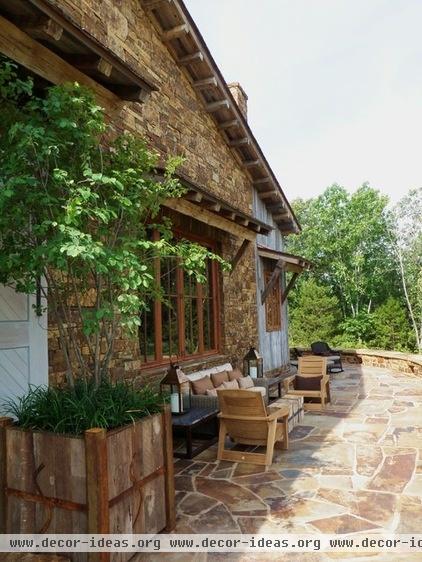
Botanical name: Amelanchier arborea
Common names: Downy serviceberry, shadbush (so named because it blooms around the time of the running of the shad fish), Juneberry, common serviceberry, serviceberry
Origin: Native to zones 4–8 in eastern North America
Where it will grow: USDA zones 4–9 (find your zone); can grow in clay soils and areas with partial shade to those with full sun
Water requirement: Well-drained medium to moist soil; can work along ponds and stream banks. Once established, the serviceberry has been known to tolerate drought conditions.
Light requirement: Partial to full sun
Mature size: 10–25 feet high; 10–15 feet spread. It can grow up to 40 feet, but this is uncommon, especially in cultivation.
Benefits and tolerances: Fairly resistant to diseases and pests though it can be susceptible to some blights, rust, powdery mold and pests like leaf miners and borers. Generally, many of the problems that plague the Rosaceae family can potentially harm the serviceberry.
Seasonal interest: Showy white spring flowers and dark berries, delicate leaves, brilliant fall color and a beautiful sculptural form and smooth gray bark to enjoy in winter
When to plant: Spring to fall
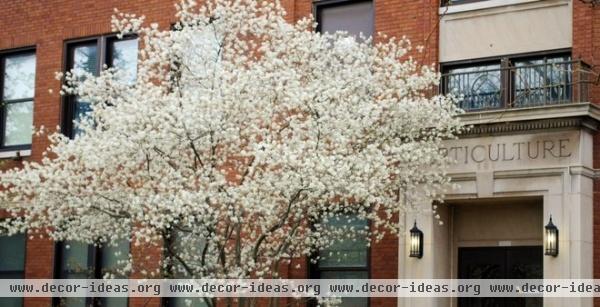
Distinguishing traits. Early spring brings stunning white flowers in loose racemes, which transform the canopy into an ethereal cloud-like form. The flowers have five delicate petals and a pleasing subtle fragrance.
The flowers are followed by berries that go from green to red to dark purplish blue and attract wildlife.
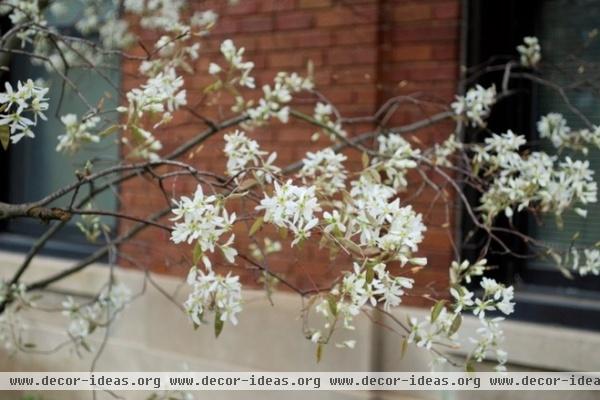
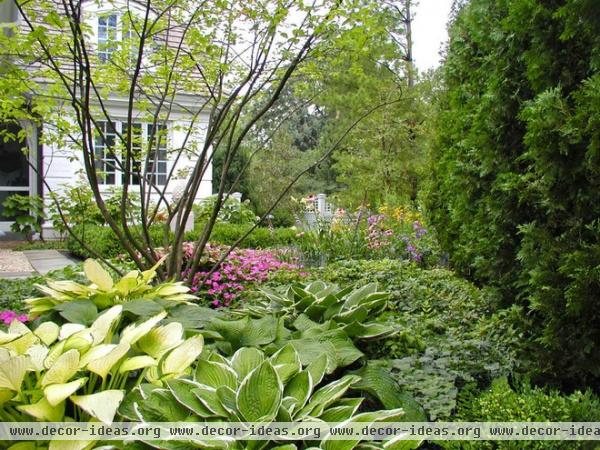
During summer, the oblong leaves grow from about 1 to 3 inches and are a medium shade of green with doubly-serrated edges. Like the flowers, the leaves are delicate and enhance this ornamental tree's striking multi-stemmed form.
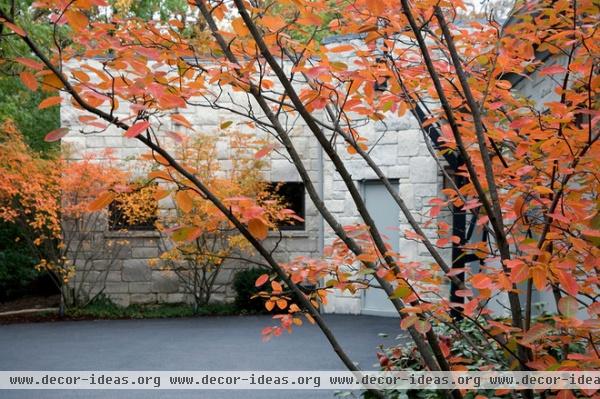
Fall brings brilliant yellow orange and red hues, lighting up the landscape and providing contrast to the gray bark.
In the winter, stripped of flowers, berries or leaves, the serviceberry's bark and form make it a star of the winter garden.
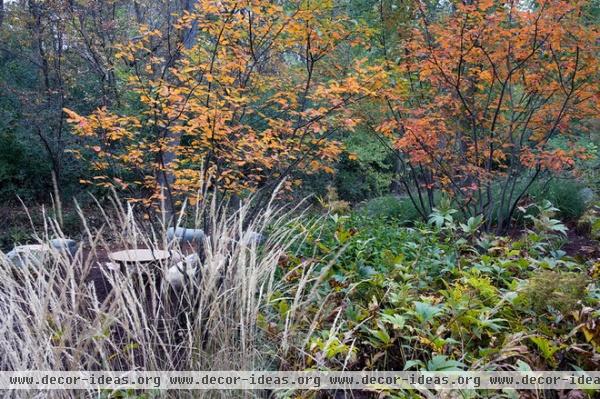

How to use it. First, refer back to the plant's size when planning your landscape. A potential 15-foot spread requires some room down the line or a maintenance plan. If you choose, you can keep it pruned to minimize the spread, but in my opinion, the natural form is one of its best attributes.
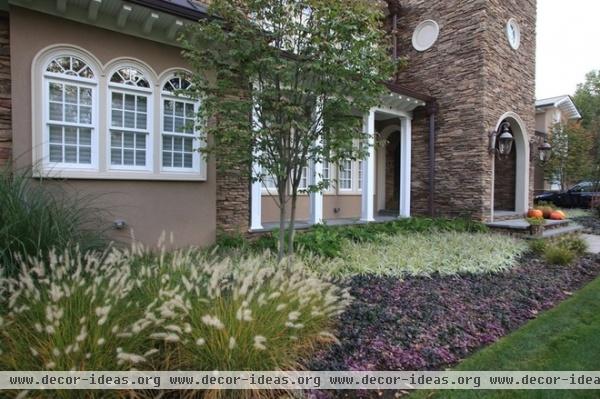
Serviceberries are great planted in front of a house, adjacent to a patio, in groups or as a specimen tree, or along a woodland's edge. If you have a larger piece of property, they can compose a fabulous allée.

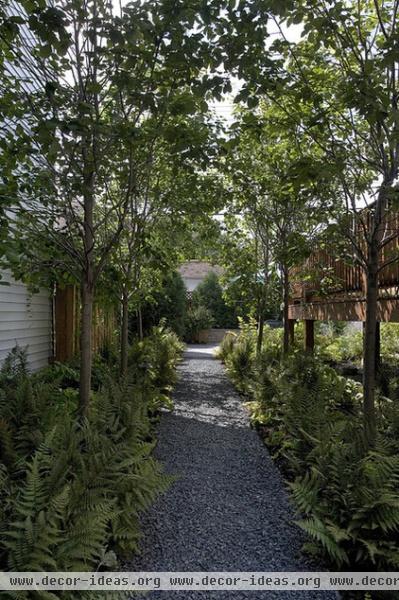
For those of you who balked at the spread of the tree, don't give up on the serviceberry. If you're interested in a more compact and uniform version, look into Amelanchier x grandiflora 'Robin Hill.' This hybrid grows more upright in a tighter conical shape. While you lose the spread-out sculptural aspects of the Amelanchier arborea, you can use it in a tighter space and enjoy its other attributes. Another difference is that this hybrid's flowers are a soft pink as opposed to white.
According to woody plants expert Michael Dirr, Amelanchier x grandiflora 'Autumn Sunset' is a single-stemmed cultivar that is tolerant of drought and heat.
Inquire at your local nursery for the best potential Amelanchier cultivars that will suit your landscaping needs.
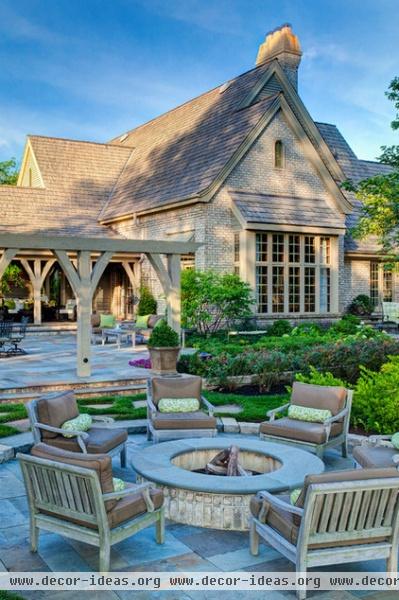
Planting notes. Beyond having ample space, be sure to plant the tree in soil that will not dry out, especially while it is getting established. The serviceberry will bloom roughly around the same time as daffodils and tulips, so you can coordinate your bulb plantings with this in mind. Also, think about which spots in the yard go blah during winter; the sculptural form and lovely bark will transform the winter garden.
Houzz Plant Guides: More great trees for patio or landscape
Related Articles Recommended












